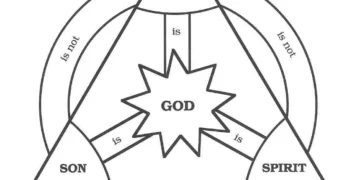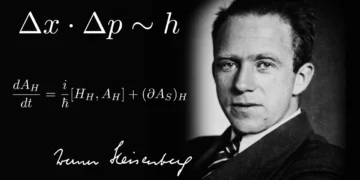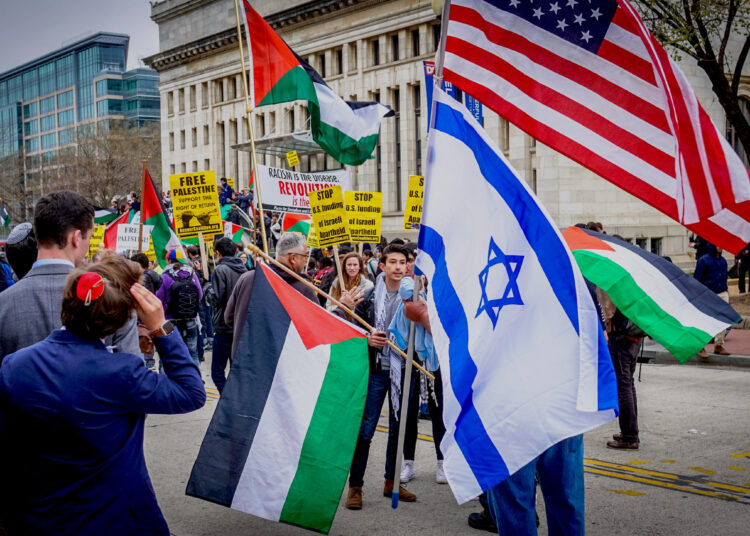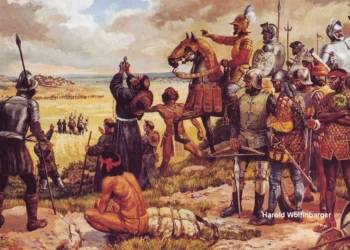The Israel-Palestine conflict has been a long-standing and complex issue, rooted in historical, political, and religious factors. Spanning several decades, this conflict has had a profound impact not only on the region but also on the international community. To gain a deeper understanding of the conflict, it is essential to examine its historical context, root causes, and key events that have shaped the trajectory of this enduring crisis.
Historical Context
The story of the Israel-Palestine conflict dates back to the late 19th century with the Zionist movement, which sought to establish a Jewish homeland in Palestine. The Balfour Declaration in 1917, issued by the British government, lent support to the establishment of a Jewish homeland, causing tension with the Arab population already residing in the region. The subsequent decades witnessed increasing Jewish immigration to Palestine, leading to the emergence of competing national aspirations and heightened tensions between Jewish and Arab communities.
Root Causes
Nationalism and Self-Determination
Both Israelis and Palestinians have strong historical and cultural ties to the land, leading to conflicting claims of national identity and self-determination. This clash of nationalist aspirations has been one of the fundamental roots of the conflict.
Territory and Borders
Control over land and borders has been a major point of contention. The division of Palestine under the United Nations Partition Plan in 1947, which proposed separate Jewish and Arab states, was rejected by the Arab states and Palestinian leadership. The ensuing Arab-Israeli war led to the displacement of hundreds of thousands of Palestinians.
Religious and Cultural Significance
The holy city of Jerusalem holds immense religious and cultural importance to Jews, Muslims, and Christians alike. The competition for control and access to religious sites has fueled tensions and acted as a catalyst for violence throughout history.
Key Events
The 1948 War of Independence
Following the declaration of the State of Israel in 1948, neighboring Arab nations launched a military campaign against the newly established state. This war resulted in the displacement of hundreds of thousands of Palestinians, leading to a complex refugee issue that persists to this day.
The Six-Day War (1967)
In 1967, Israel engaged in a conflict with Egypt, Jordan, and Syria that lasted only six days but had far-reaching consequences. Israel captured the West Bank, including East Jerusalem, the Gaza Strip, and other territories. The occupation of these territories remains a contentious issue and a significant obstacle to peace.
Oslo Accords (1993)
The Oslo Accords, signed between Israel and the Palestinian Liberation Organization (PLO), marked a significant milestone in the peace process. This agreement aimed to establish mutual recognition, create a framework for Palestinian self-governance, and set the stage for future negotiations.
Intifadas
The First Intifada (1987-1993) and the Second Intifada (2000-2005) were mass uprisings by Palestinians against Israeli occupation. These periods of agitation and violence resulted in significant loss of life and strained relations between Israelis and Palestinians.
Dialogue For a Peaceful Coexistence
The Israel-Palestine conflict remains a deeply entrenched and multifaceted issue that demands sustained international attention and dialogue. Understanding the historical context, root causes, and key events can help shed light on the complexities of this conflict. Ultimately, a comprehensive and equitable resolution will require the recognition of the rights and aspirations of both Israelis and Palestinians, addressing grievances, and promoting meaningful dialogue for a peaceful coexistence based on mutual respect and security.
















































































